Apr 11, 2025

The growing season across the Western region of the United States in 2021 was defined by extended periods of drought. While the West struggled with a lack of water, there were unprecedented rainfall and floods across the southeast, with some states experiencing a foot or more of rainfall in a single day. Arkansas alone estimated $310 million in crop losses due to flooding in 2021. ( NCEI – National Climate Report 2021)
As climate change makes extreme weather on both ends of the moisture spectrum more likely, the U.S. Drought Monitor is predicting a similar situation for the 2022 growing season. Much of the Western region of the U.S. continues to suffer from severe drought, with even some of the Eastern region of the U.S., which experienced extreme rainfall and floods in 2021, experiencing abnormally dry conditions as we move into 2022 planting season. The Great Lakes region will be on the opposite end of the spectrum, receiving more than its fair share of moisture in the weeks leading up to planting.
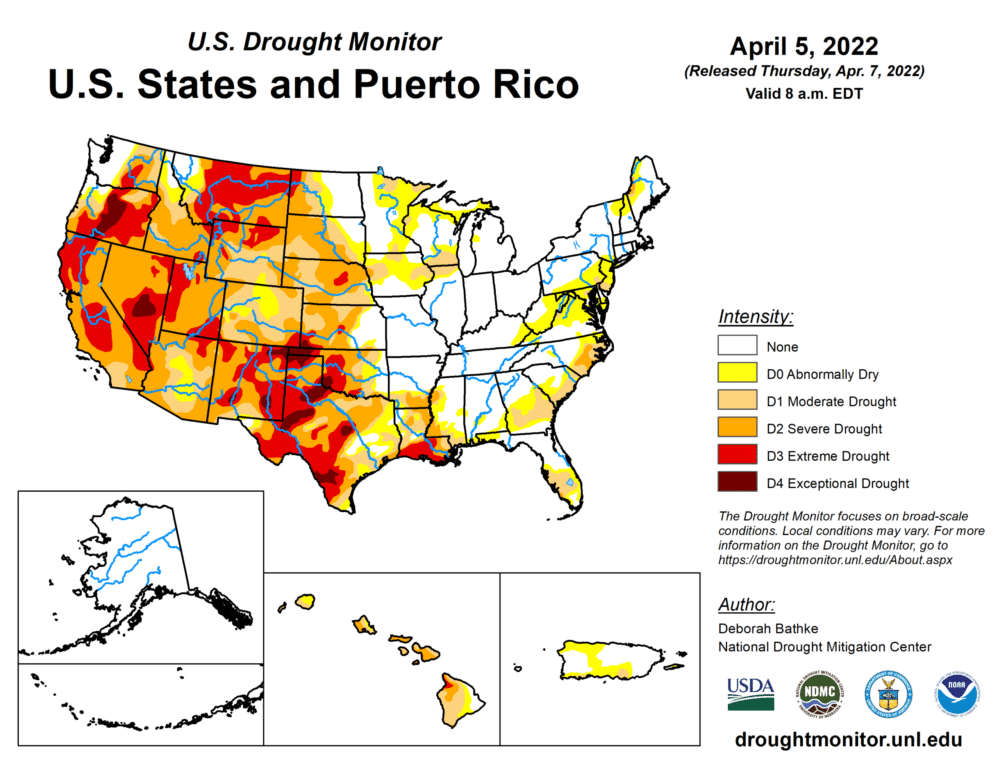
While this climate and weather outlook for the 2022 growing season may feel bleak, the good news is healthy soil, regardless of soil type, can support crops through both heavy rainfall and extended drought. There are many actions growers can take to prepare for extreme weather in their region, whether that be drought or flood. PhycoTerra soil microbial food can be another tool in a grower’s toolbox to add value at both ends of the soil moisture spectrum.
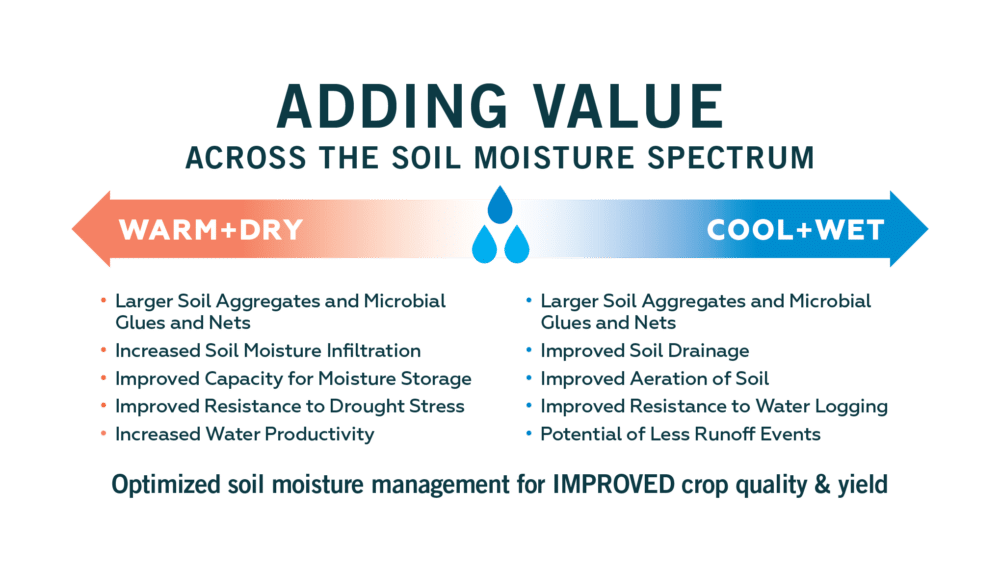
Healthy soils can support crops through both drought and flood because healthy soils have excellent soil structure. This structure is what gives soil the ability to hold rainfall, resist erosion and allow moisture to infiltrate the surface and reach the crop’s root zone. A main driver of good soil structure is the soil microbiome, which is the living component of soil made up of microscopic organisms, like bacteria and fungi. These beneficial microbes are a key partner in helping your crops thrive through the abiotic stresses it may encounter, in both weather extremes of drought or flood.
Healthy soils have good structure because that is one of the many jobs beneficial microbes do for both the soil and the plant. When soil microbes are alive and active in the soil, they help restore soil structure by binding soil particles together in different ways. Active beneficial bacteria in the soil secrete extracellular polymeric substances (EPS) which is a glue-like substance that not only binds soil particles together, but helps protect the bacteria (and by association, the soil, and the plant) from salinity and drought. Active mycorrhizal fungi spread throughout the soil with their thread-like extensions, known as hyphae, forming an intricate web to help bind the soil together into larger aggregates. These soil aggregates create pockets of air within the soil and this improved structure helps water move from the soil’s surface, down to the roots to nourish the plant, and even further through the soil for storage.
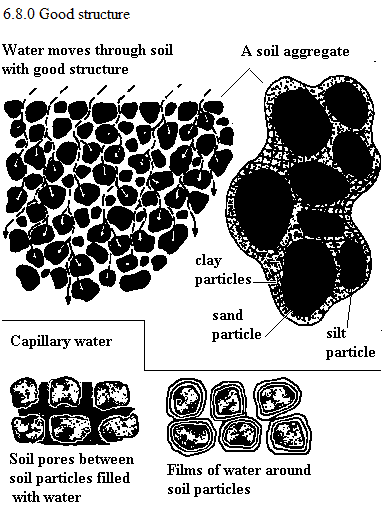
The ability of healthy soil to move water from the surface and successfully manage it is a key feature helping crops withstand both drought and excessive flooding. In periods of drought, the soil’s increased water storage has obvious benefits – when plants are no longer receiving water from the surface (rainfall, snowmelt, irrigation, etc.), the water held in the soil can be accessed by the crop, keeping soil moisture levels at the point where the plant continues to be nourished, despite abiotic stress. On the other hand, with excessive rains and floods, healthy soil allows water to leave the surface and move throughout the root zone of the plant, rather than all running off the field. While unhealthy and compacted soils form a crust at the surface preventing water from moving to the root zone, healthy soils with good structure do not form this crust and promote infiltration. This keeps water from pooling on the surface of the soil and running off, which leads to erosion, nutrient loss and carbon loss.
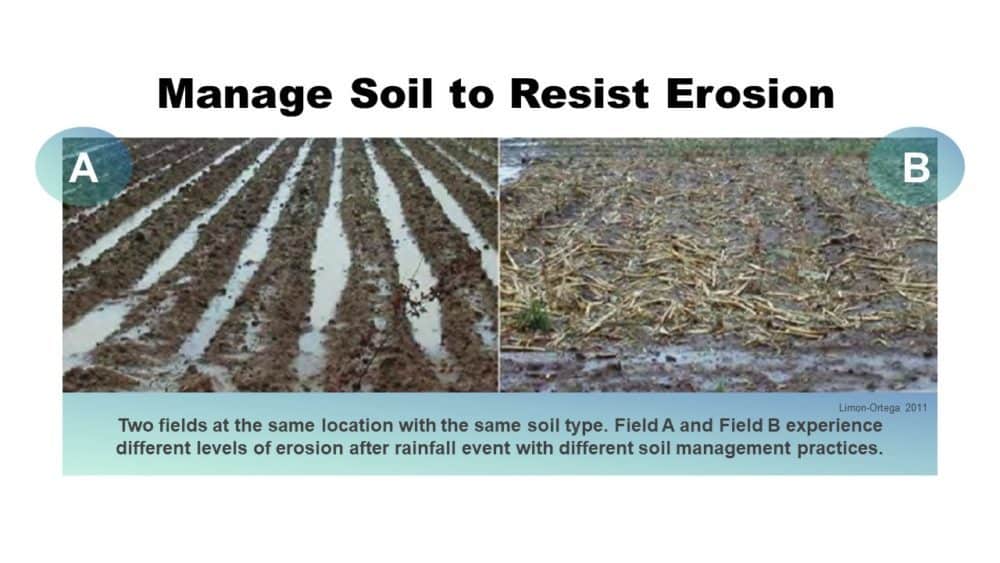
Active beneficial microbes are a key partner for building soils with a healthy structure and giving soil the ability to hold water and resist abiotic stresses like drought and flooding. However, 75% of microbes in the soil are starving, inactive and dormant. These microbes need a food source to “wake up” and go back to work for the soil and the crop. PhycoTerra products, which include PhycoTerra soil microbial food, PhycoTerra Organic, and PhycoTerra ST, our award-winning seed treatment, are innovative technologies growers can use this growing season across a wide variety of crops and soil types. As regions across North America are expected to experience both extended periods of drought and excessive rainfall, choosing the right products and land management practices are essential to success this growing season.
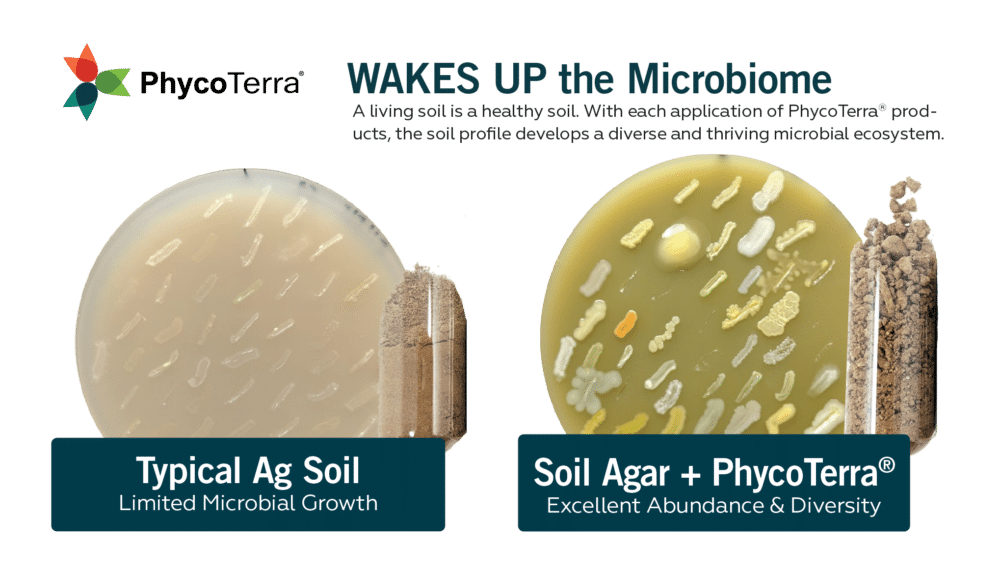
When PhycoTerra is applied to soil, activated microbes start building out a healthy soil structure, and the resulting aggregates show a vast and visual improvement over unhealthy, compacted soil. The soil in the test tube on the left has been treated with PhycoTerra, resulting in a large variety of aggregate sizes and pockets of air in the soil where water can easily flow. The soil in the test tube on the right is untreated and shows visible compaction, making it difficult for water to flow through the soil to the root zone where it is needed.
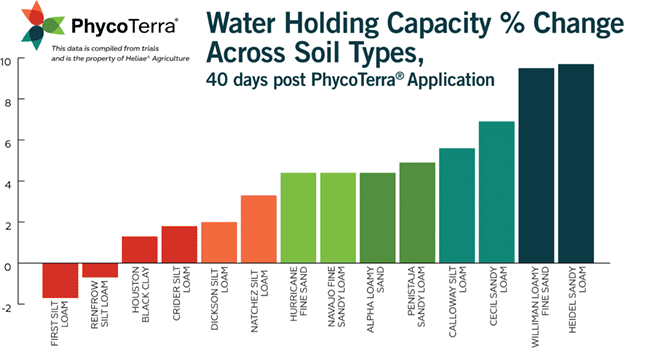
The growing season is here, and now is the time to take steps to set your crop up for success, whether your fields could potentially be facing droughts or flood. PhycoTerra has a wide application window including pre-plant, in-furrow at planting, post emergence, and side dress or Y-Drop.
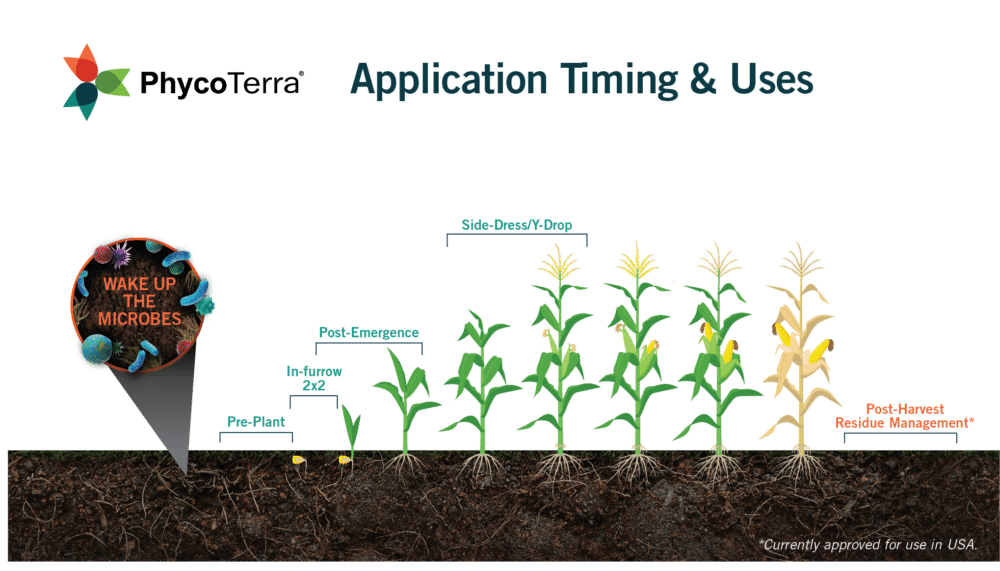
Note: All trial data is current as of blog posting. For the most up to date trail data, please visit our trials page.